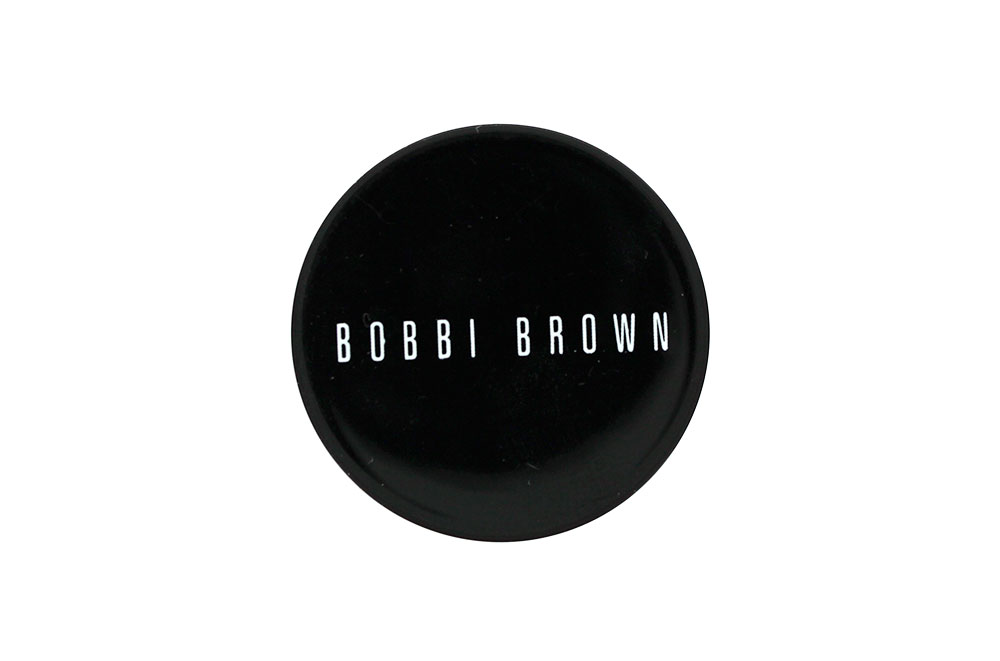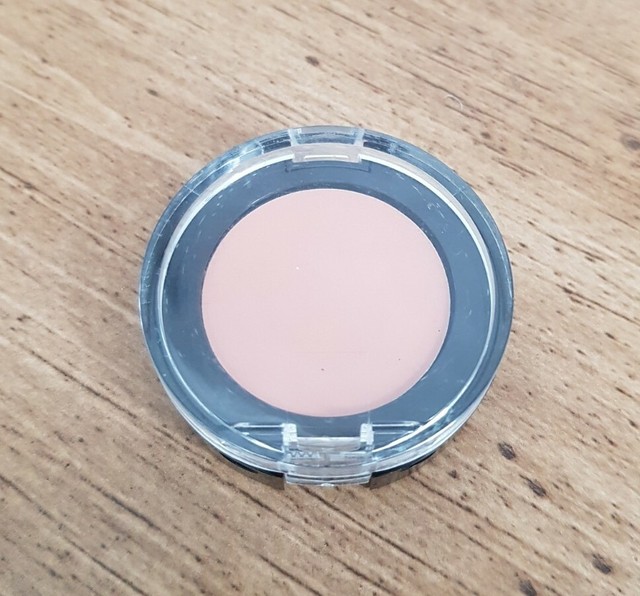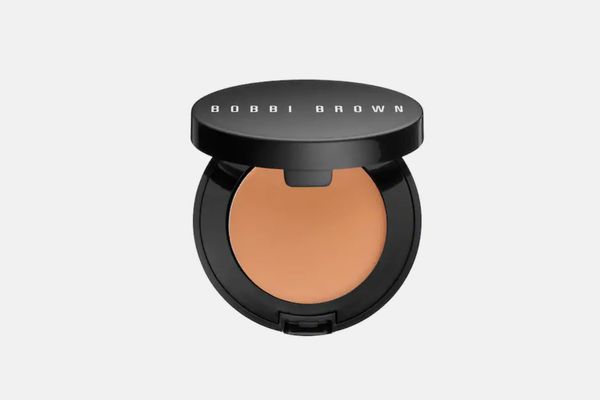

The Bobbi Brown correctors were a slightly better fit for my dry skin with their creamier texture and dewier finish. Whatever the case, the Magic Vanish correctors were a no go. I suspect it had something to do with my skincare which includes a lot of plant oils and that didn’t mesh well with the Charlotte Tilbury. And it didn’t matter which concealer I paired with the Magic Vanish correctors, it kept on happening. I would catch glimpses of myself in the mirror throughout the day and see these balls/clumps of corrector/concealer in the creases of my under eyes which was so embarrassing. However, I detested the powdery matte finish and, worse, I experienced horrible pilling with my concealers whenever I used the Charlotte Tilbury correctors. The texture was actually quite lovely though: ultra thin with a lot of dimethicone-y slip, so the corrector glided over the skin easily. The Fair wasn’t pink enough to cause a noticeable brightening or corrective effect on my dark circles whereas the Medium was a little too dark and noticeable underneath my concealer. I like the packaging of the Charlotte Tilbury Magic Vanish Color Correctors but the formula and shades simply didn’t work for me. Also, I really disliked the Charlotte Tilbury correctors and just wanted them out of my sight as soon as possible. I would’ve posted some photos of the correctors at work on my face but the weather was not cooperating and the lighting was dismal at best.

To go along with my recent concealer haul, I decided to try out some under eye correctors. “Using the wrong corrector can exacerbate the issue you’re trying to correct.Left to right: Bobbi Brown Light Bisque, Bobbi Brown Light Peach, Charlotte Tilbury Fair, Charlotte Tilbury Medium Finally, “make sure the brand you choose offers a range of shades so you can find the best match for your skin tone,” she says. If you have drier skin, go for a formula with hydrating ingredients such as vitamin E and hyaluronic acid. Jaikaran recommends finding a formula that works best for your skin type and level of coverage you want. “Correctors are not one size fits all, so if you’re a lighter skin tone looking to correct dark under-eye circles, you may need a peachy tone, whereas someone with deeper skin would need a rich orange.” Formula When choosing one, the most important factor is starting with your area of concern, says Jaikaran. ColorĬolor correctors come in a variety of pigments like orange and lavender to offset whatever dark spots or blemishes you have going on using color theory (the rules and guidelines for mixing colors). Here’s what to consider in these must-have formulations. Not only do color correctors banish the appearance of imperfections, they help your concealer work better in the process so you can achieve flawless skin. And if you’re worried about where to begin, the palette comes with a handy guide explaining how and where to use each color.įorbes Staff What To Look For In Under-Eye Color Correctors

“When I use this, I end up using less concealer and foundation because the correctors already address the major concerns most people have, like dark circles and breakouts,” he says. For breakouts, he suggests using a small concealer brush to dot the green shade over any blemishes.

I’m happy it doesn’t settle into my fine lines, and every time I get a pretty, even skin look!”įor a no-makeup makeup look, global head of artistry for the brand Charlie Riddle recommends using the pink and peach tones to brighten and highlight the skin. One user says, “Even though I can use this palette as a base, I tend to use it alone. Then there’s the dreamy texture: Formulated with nourishing vitamins A, C and E, the velvety cream glides on smoothly. With five buildable color-correcting creams and two finishing powders packed in its sleek gold compact, there isn’t a skin issue (from redness to sallowness to dark circles) that Stila’s palette can’t tackle.


 0 kommentar(er)
0 kommentar(er)
